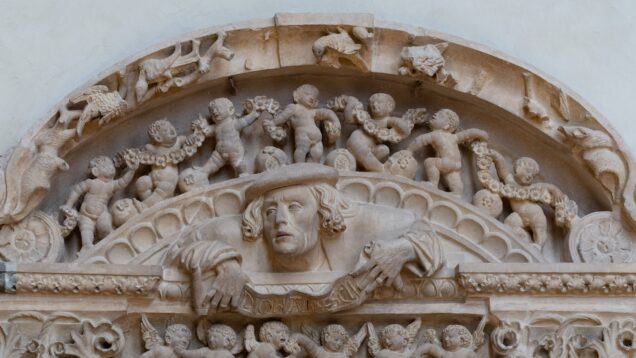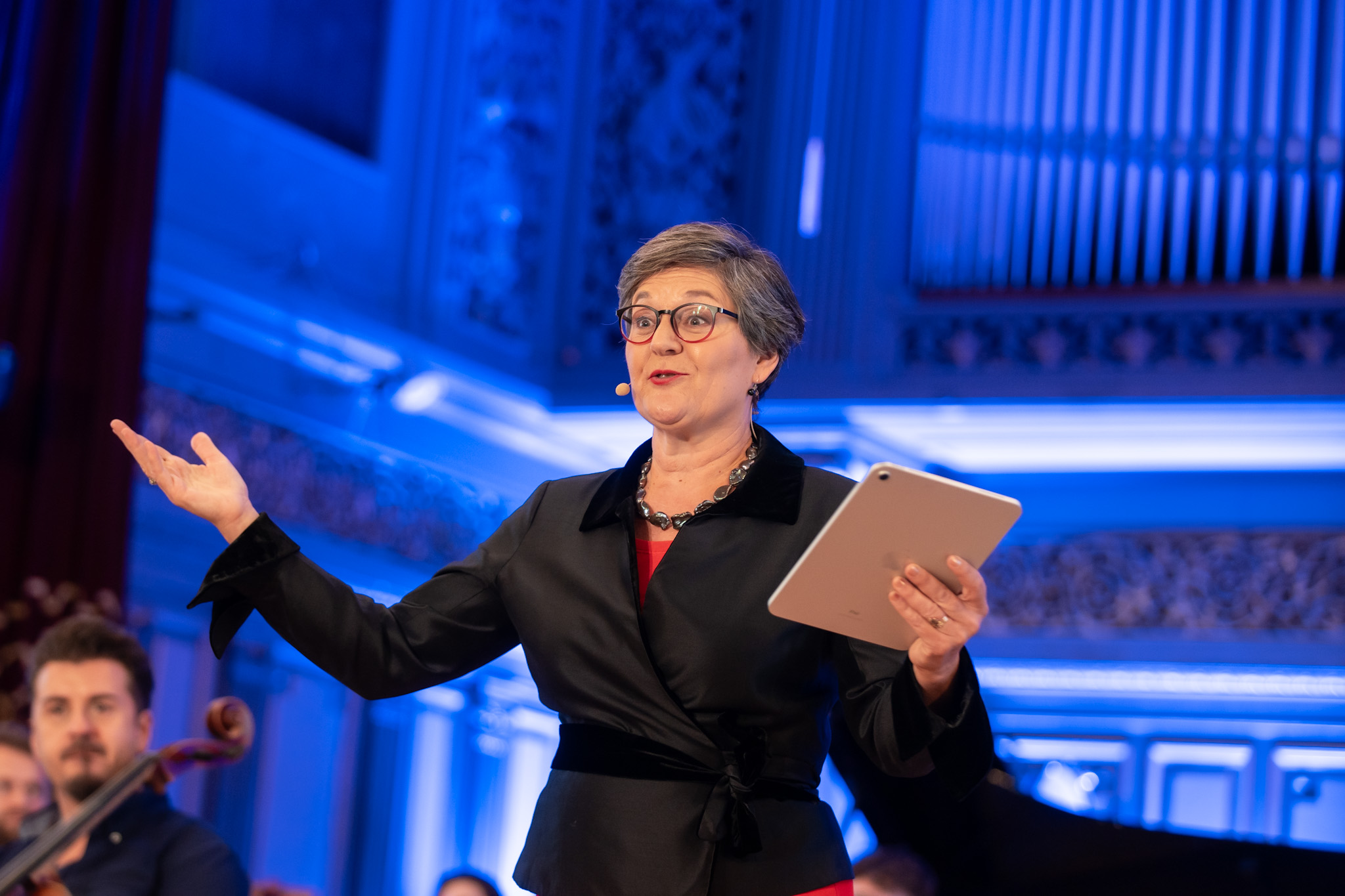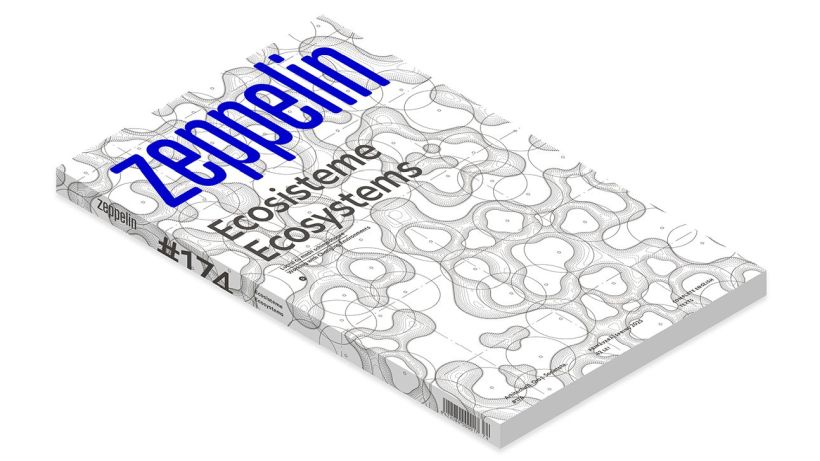Sneška Quaedvlieg-Mihailovic is the Secretary General of Europa Nostra and works closely with the European Council, UNESCO and other EU institutions. She has been working for the promotion of heritage for over thirty years and was awarded the rank of Knight of the National Order of the Legion of Honour, in 2022. She was instrumental in the implementation of the 2018 Year of Heritage and is also dedicated to climate action. For Sneška Quaedvlieg-Mihailovic, heritage is a vector of change for the better.
Local Heritage, European Heritage
Reporter: Cătălina Frâncu
Foto: Felix Q Media, Loránd Béla Vakarcs, Mihai Eminescu Trust Foundation, Ádám Maksay
Cătălina Frâncu: The purpose of this interview is to clarify for the large public and for architects what heritage means beyond the buildings, but we know that heritage is a vehicle, a vector for many other things.
Sneška Quaedvlieg–Mihailović: That is my favourite slogan: „Heritage is so much more than a sector, it is the vector for achieving strategic objectives of importance for society.” I see that we share the same conviction.
C.F.: How have you shifted your profession from a law degree to heritage. Is it really that much of a shift?
S.Q.M.: Good question. At first, you would say law has nothing to do with cultural heritage, but I would argue it has everything to do with it. I got engaged with Europa Nostra not so much through the law side of my academic degree, which was indeed in international law, but through a master’s degree in European law and politics I pursued in France. There I fell in love with the European ideal. At the time, my country, Yugoslavia, which doesn’t exist anymore, was not a member of the European Union (then, the European Economic Community). The whole European project, which is fundamentally a peace and cultural project, entered my blood and soul and I was so convinced that this was the biggest achievement of Europe especially after the Second World War. I thought that my life mission was to bring Yugoslavia into the European Union — we all know what happened. However I worked for the European delegation in Belgrade at the end of the ‘80s as a young Yugoslav. As a volunteer, I created the first European movement in Yugoslavia and I was the young secretary general of the European movement in the country in March ’91, a couple of months before the war started. We lost in front of the destructive divisive forces of nationalism and extremism. The trauma that I have been living along with so many other people who believed that the Yugoslav idea was an embodiment of the European idea explains my even stronger passion for promoting Europe through values. Part of the European values are culture in all its diversity and in its unity.
I have been working with Europa Nostra for over 30 years and I have met extraordinary people with a mission, which became my own.
C.F.: How do we hit the balance between global and local? There seems to be a tension between the two: localism is sometimes mixed with nationalism and weaponised for division, but Europa Nostra is also using it for union in plurality and I would like to clarify how you do that and what is your perspective on it?
S.Q.M.: Once again I see we are on the same wavelength. Indeed, first of all, there is huge diversity of culture in Europe. And when I say Europe, I mean La Grande Europe, not just the EU, it’s the European space without borders. And when you have such diversity, helas, we have seen it so often that it is easy for political forces who are seeking to divide to abuse the differences in culture, be they religious or cultural as a proof that you cannot live together with your neighbour who attends another church, school, who speaks another language, writes another script, etc. This has been happening from the beginning of time and will continue happening. Europa Nostra is an antidote to the poison of nationalism. It puts effort into showing that identity never has just one layer, but that every single person and community have multiple. Some political leaders want to make you afraid of this complexity. We are saying ‘It is a fact that we are at the same time defined by our personal, local (city or village) forces, we have a regional and a national identity — we can even have several national identities because we can live our lives in different places. I’m proud to be a Belgrade girl, proud to be a Yugoslav. Although some might say it doesn’t exist. It does, because half of my life I have been Yugoslav and I still feel thusly.’ I also have Serb and Dutch identity (adopted) and French, which is my second mother tongue. We can have it all and one does not endanger the other. It all becomes a harmonious symphony. This is the message of Europa Nostra. There is something of an overarching European identity as well. Artists, scientists have been collaborating for centuries. From the beginning of time, there have been influences from travelling artists. In Dubai, you instantly know you are not in Europe. If, however, you are anywhere in Europe, you can recognise its ethos.
C.F.: What role does the political climate and particular situation of countries play in selecting the 7 Most Endangered and the Europa Nostra Prizes?
S.Q.M.: We have two flagship programs: celebrating the best and fighting against the worst. Obviously we cannot imagine these situations exist in a vacuum, disconnected from the social, economical, environmental, political and demographical context. We do not have absolute criteria to be applied in the same way in the UK, Romania, Malta, or Ukraine, especially given the context of the war.
Coming back to the slogan ‘heritage is a vector’, we understand that any project has a strong connection to the local particularities of a place — the political situation is something which we cannot disregard, which is why we are always looking to play a positive, constructive role. Even when we make the list of most endangered sites, we do so not punitively, but to show that we can all do better. We want to bring people together and highlight the site’s importance to all of us. We ask: ’Could we find a solution, resources to stop unsuitable developments, like in the iconic case of Roșia Montană?’ We are so proud of this campaign. It is iconic. We were convinced we would lose, but Romania won.
To encourage others, we use the notable words of our Greek vice-president, Costa Caras, who unfortunately passed away. He said: ‘We thought that Roșia Montană would be our Thermopylae,1 but it became our Marathon2!’
C.F.: What would you say it is the most important achievement with Europa Nostra and what do you think it is left to still be achieved?
S.Q.M.: I would say the most important achievement is the strong positioning of cultural heritage as one of the priorities of European policies. Thirty years ago, when I started, no EU document mentioned culture. It was 1993 when the first article on culture entered a treaty of the EU, in Maastricht. For thirty years we have been working on explaining that heritage is a vector of achievement, overcoming the resistance of member states who said ‘No European culture, but national sovereignty!’ It meant working on a paradigm shift to integrate the national and the European.
One of the milestones was 2018 — the European year of cultural heritage. A couple of years before, people would say ‘there’s no way that we will accept to do it.’ But we got allies into member states like Germany and Italy, plus the European Parliament — we advocated and lobbied. The first response was negative, but through good arguments, perseverance and patience, we turned it into an enthusiastic ‘yes’. Enormous energy was created. The biggest challenge is to maintain that momentum.
Since 2018 we had a pandemic, a war in Ukraine, another in the Middle East, then there is the climate emergency, which became part of our present. This is destabilising our society and shakes our democracies. The demons of the past are coming back to Europe. Extremes are flourishing in crisis by exploiting fear, and by reinforcing it. They always give simple solutions, so there is a huge challenge to preserve our democracy, human rights, and rule of law, our fundamental values. Today, our most endangered is the intangible heritage of our values. We cannot take them for granted, we all have to come together and speak up in spite of all the crises and emergencies. A future with no human rights is bleak. In this case we need to plead the importance of tangible heritage to preserve both tangible and intangible heritage. How much money is going to defence? To responding to crises? We always have to explain why investing in heritage is important: because it is a vector, because it is helping in terms of security, when feeling lost in the face of globalisation, AI, in the face of this existential crisis we are all going through.
We need to make the case for a humanistic Europe. Speaking of artificial intelligence, we also need the ancestral intelligence, to quote a dear friend, Alexandra Mitsotakis, cofounder of the World Human Forum. This means that we need wisdom, empathy, the old knowledge that culture, music, harmony, beauty needs to be present and around us, for our mental wellbeing. If we massively invest in the regeneration of our cities… I’ve recently been in Bucharest: there are so many historical buildings … surrounded by so many other outright ugly buildings: one doesn’t have to be an architect to understand the sort of impact it has on people’s everyday lives. So this is why one of the key topics that our Bucharest summit was upholding quality principles for intervention related to cultural heritage.
Europa Nostra is a big family that brings us together in solidarity. We are sharing Europe, and thus we share the responsibility for it.
C.F.: Recently, Pro-Patrimonio was chosen to represent Europa Nostra in Romania. What drew you to focus on Bulgaria and Romania as new networks for Europa Nostra and what led you to choose Pro-Patrimonio?
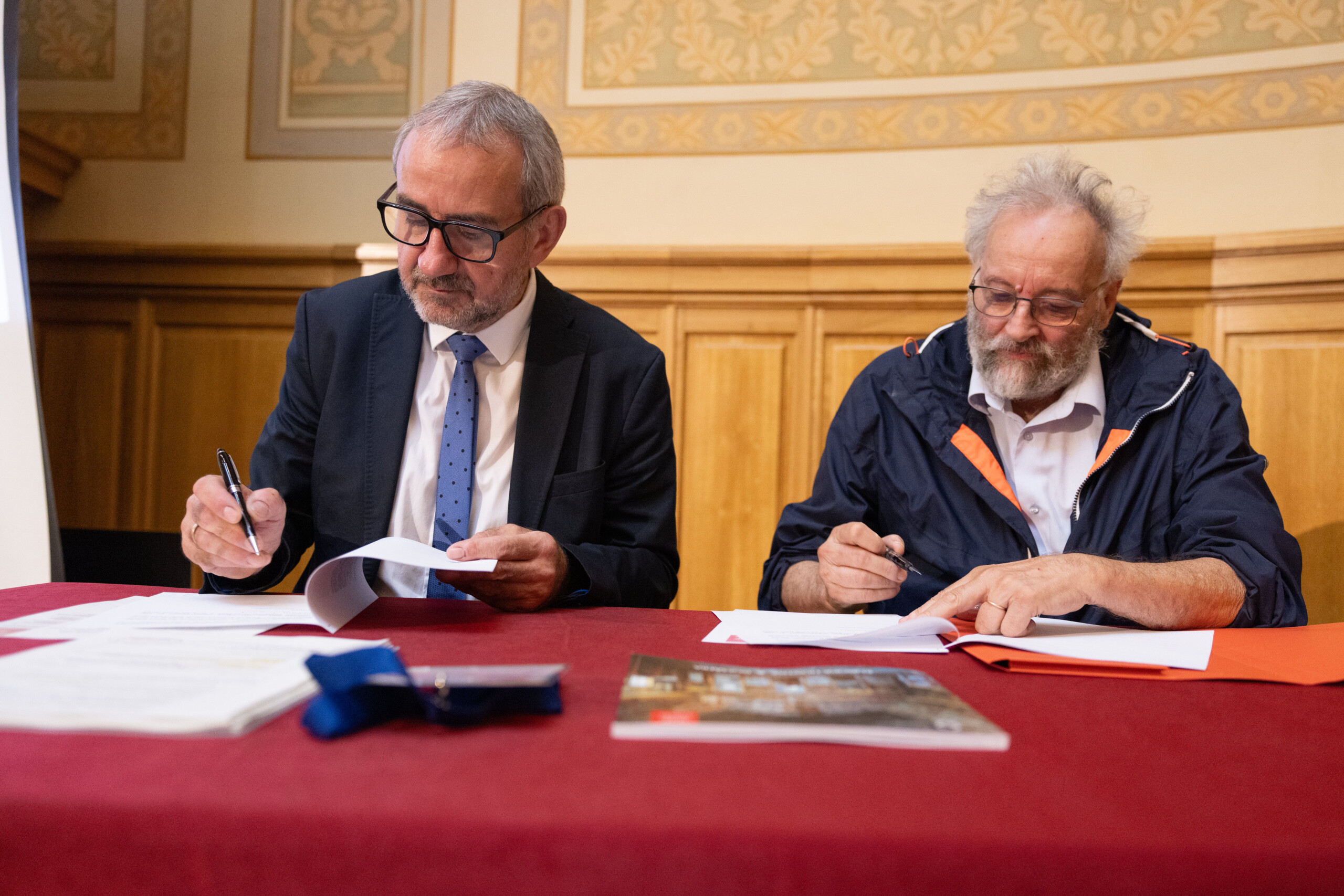 *photo © Europa Nostra; Șerban Sturdza (right), president of Pro Patrimonio
*photo © Europa Nostra; Șerban Sturdza (right), president of Pro Patrimonio
S.Q.M.: In a sense, there is a huge difference between Bulgaria and Romania in what concerns the involvement of civil society in heritage. While Romania is probably the country with the richest ecosystem of active civil society in cultural heritage in all central and Eastern Europe. You are the leader. There is no other country with such a variety and such effectiveness of action, while in Bulgaria we have our first member organisation specifically created to be a member of Europa Nostra. The very first NGO that joined the network is Pro Patrimonio. They have always been in touch with us and they ensured all communication. They have been efficient, effective, quick, but they never monopolised the conversation, they were always putting us in touch with other parts of the civil society. When we came into having a summit in Bucharest, we thought that it is very important to make visible what was already there. It allows us to connect with our main contact points in various countries: we chose one of the largest, which has the resources to respond and connect to others. It is a lot of work [laughs]. They now have to ensure that the communication between Europa Nostra and the Romanian heritage scene goes both ways — vibrant and ongoing. With Bulgaria, it is different: we signed with them to encourage the development of a network in the country. They were impressed with what is happening in Romania, so we hope that this will give them motivation and encouragement to continue what they are doing, to mobilise and organise civil society in Bulgaria.
I hope that Romania can begin coaching. There are a lot of initiatives that are being taken to help Serbia develop a civil society network for heritage. Neighbouring countries can support each other in this multilateral movement and mutual support.
———————————
Two Romanian projects have been distinguished by Europa Nostra in 2024: Saxon Church of Alma Vii & Church St. Mihail in Cluj.
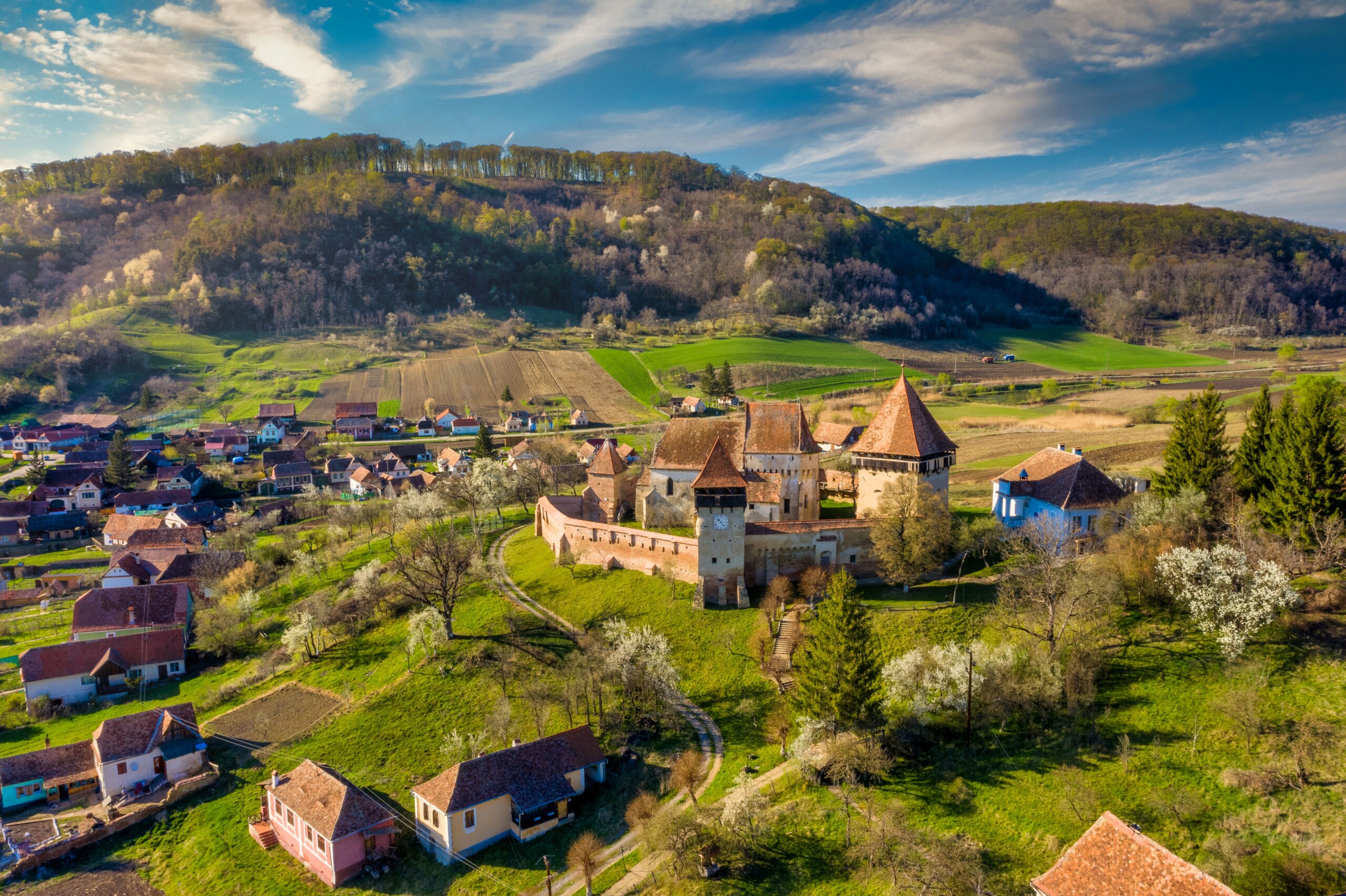
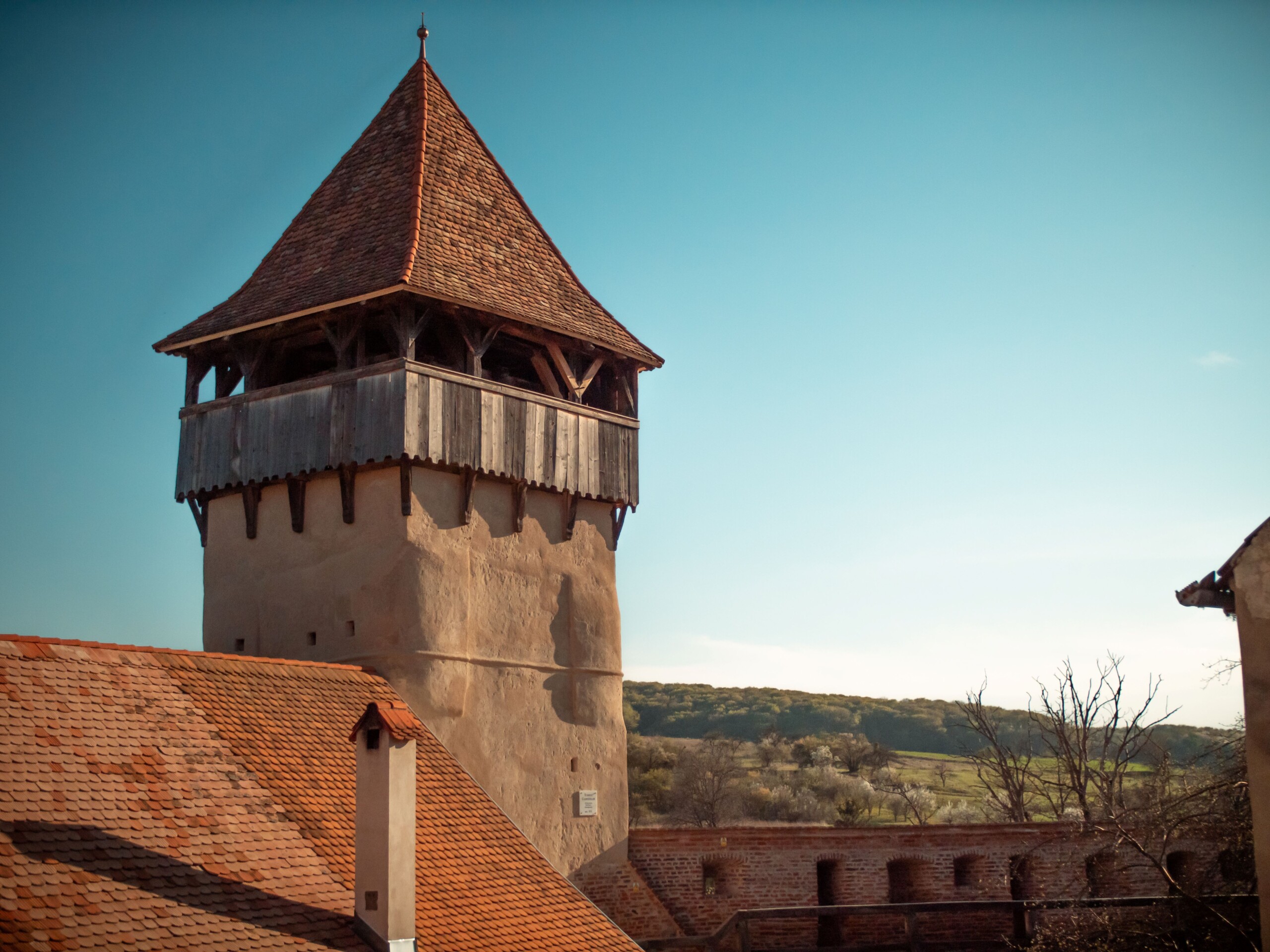 *Saxon Church of Alma Vii, Mihai Eminescu Trust Foundation
*Saxon Church of Alma Vii, Mihai Eminescu Trust Foundation
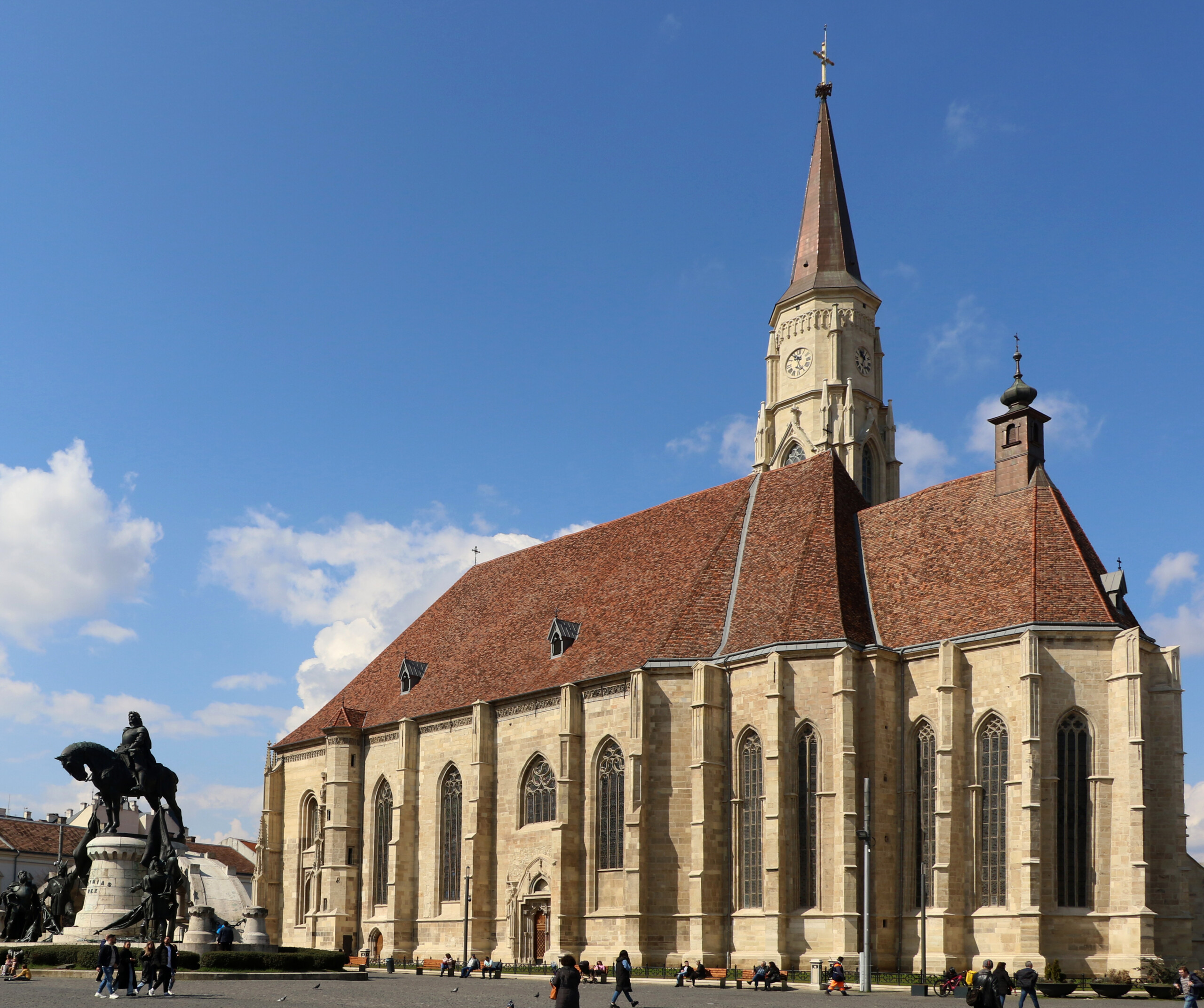 *Church of Sf Mihail on Cluj; photo: Maksay Ádám
*Church of Sf Mihail on Cluj; photo: Maksay Ádám
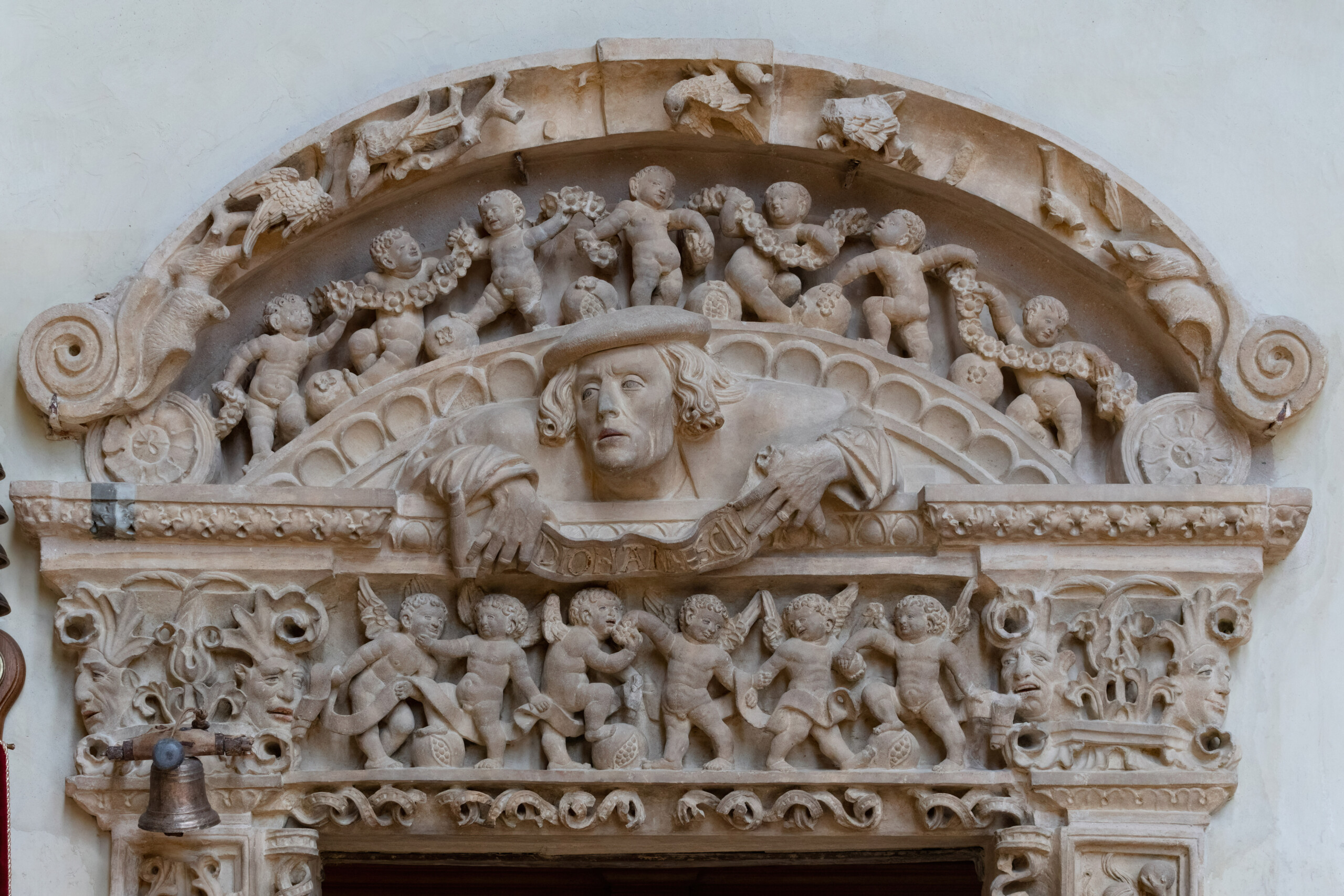 *Church of Sf Mihail on Cluj; photo:: Vakarcs Loránd Béla
*Church of Sf Mihail on Cluj; photo:: Vakarcs Loránd Béla
Click here to find out more about the projects awarded during the Bucharest Europa Nostra Gala.
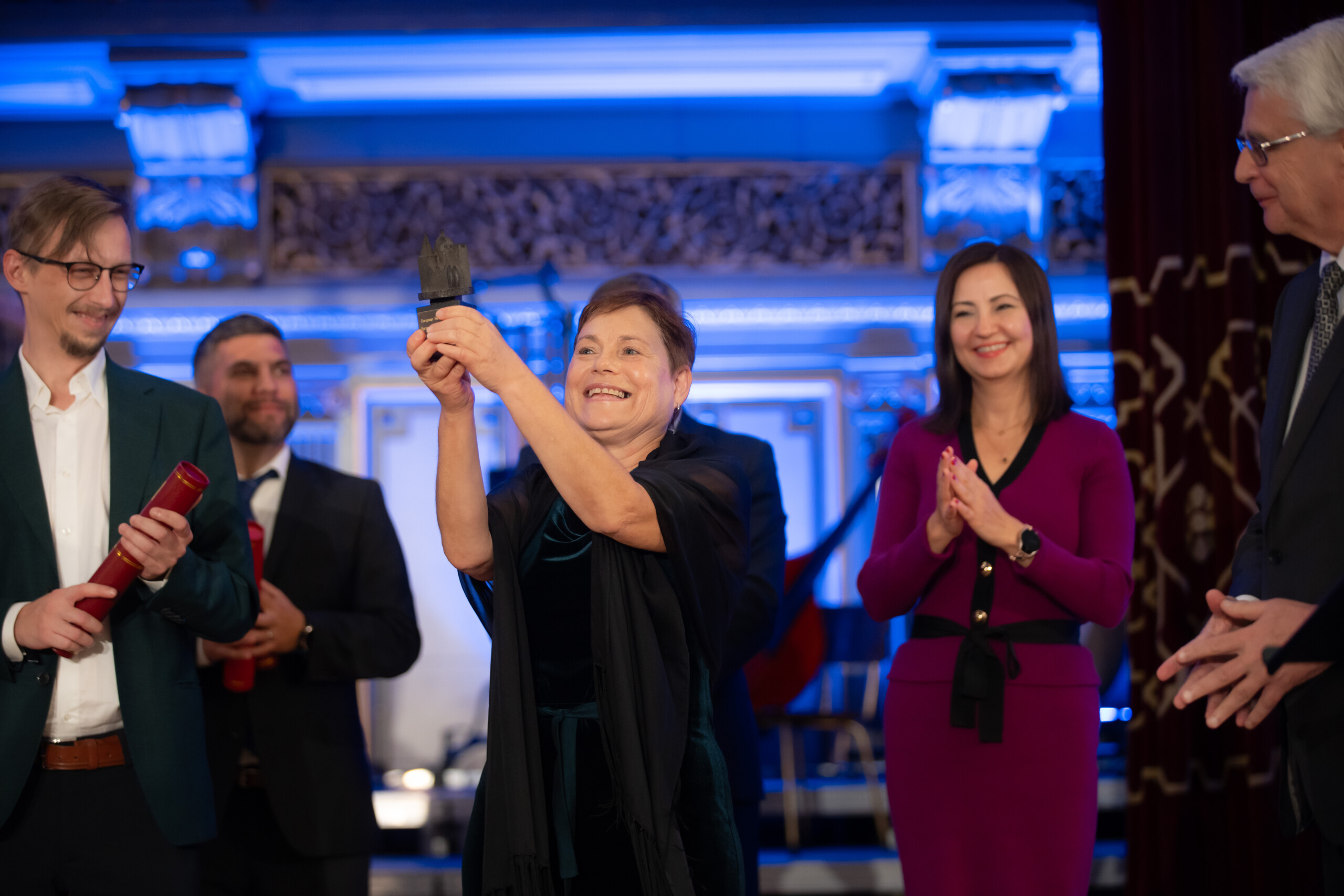
*Caroline Fernolend, president of Mihai Eminescu Trust, pkoto: Felix Q Media, Europa Nostra
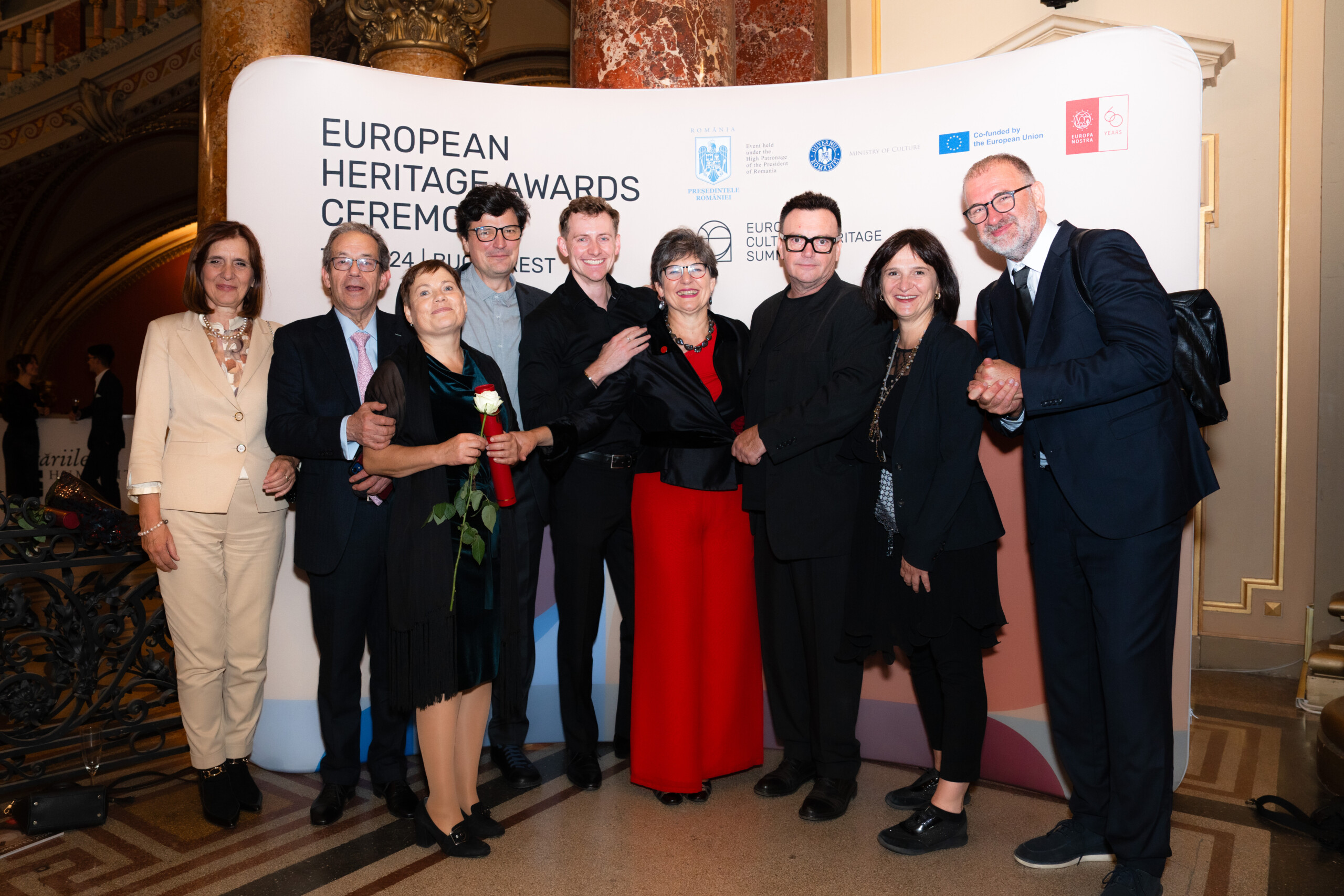 *photo: Felix Q Media , Europa Nostra
*photo: Felix Q Media , Europa Nostra
In 2024 Bucharest hosted for the first time the annual Europa Nostra Summit. It discussed the quality of the built environment, the importance of heritage as a vector for the preservation of European values, the involvement of young people in heritage, and drafted the Bucharest Manifesto for European Cultural Heritage.
Notes:
1 In the fight at Thermopylae (480 BC), Spartans fought the entire Persian army, dealing heavy losses, but nonetheless, lost.
2 The fight at Marathon (490 BC), the Greeks defeated the Persians.

